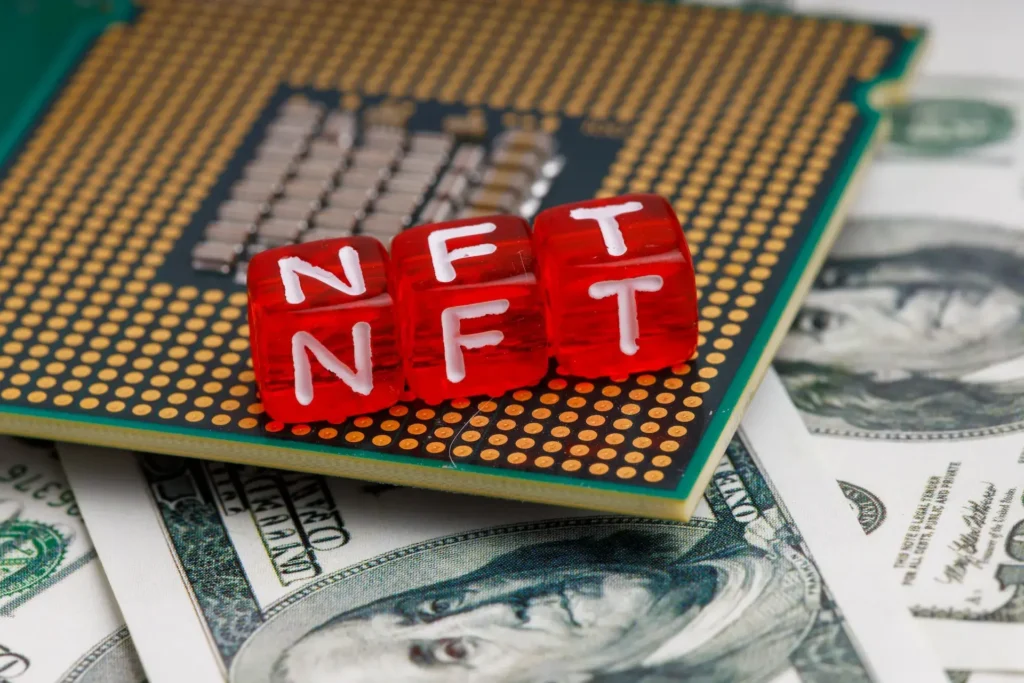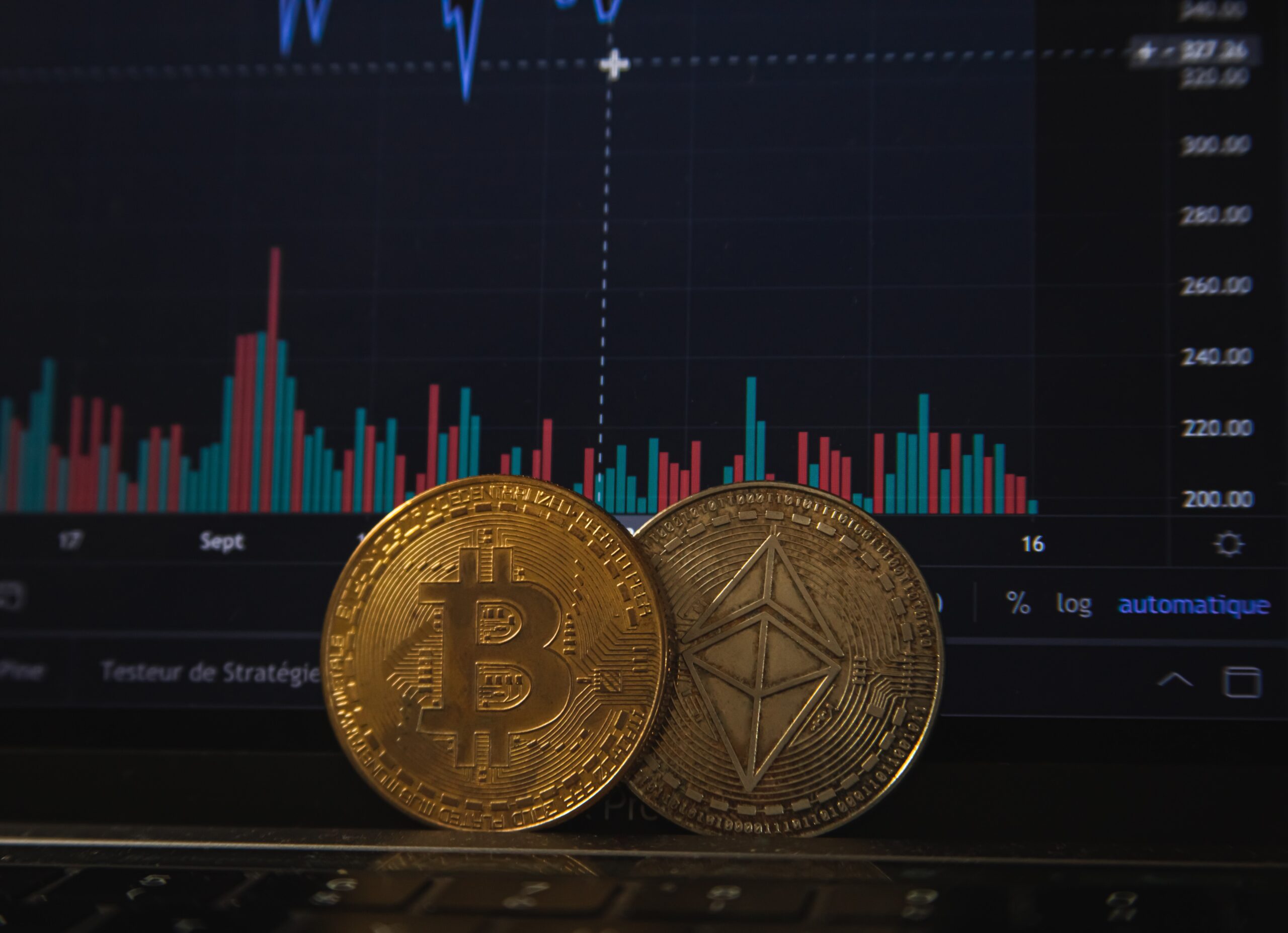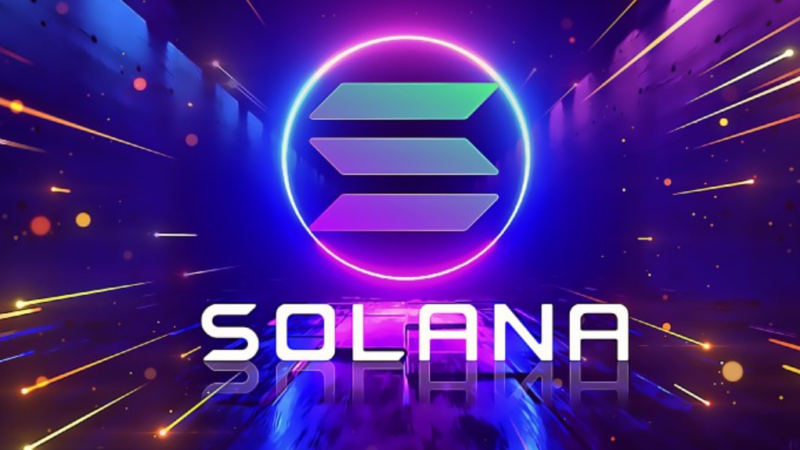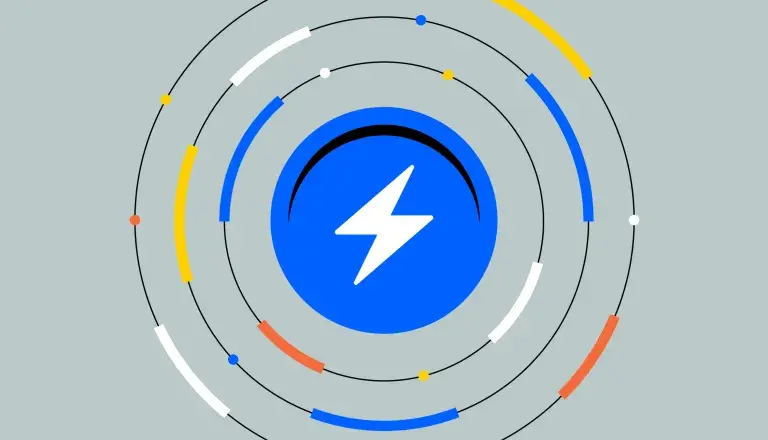Understanding NFT: Exploring the World of Non-Fungible Tokens

Non-Fungible TokenToggle panel: AddToAny
The essence of NFT
At its core, an Non-Fungible Token is a unique digital asset that represents ownership or proof of authenticity of a particular item or piece of content. Unlike cryptocurrencies like Bitcoin or Ethereum, which are fungible and can be exchanged on a one-to-one basis, NFTs are indivisible and cannot be exchanged on a like-for-like basis.
One of the most significant characteristics of NFTs is their ability to be stored on a blockchain. A blockchain is a decentralized and transparent digital ledger that records and verifies transactions. By utilizing blockchain technology, Non-Fungible Tokens eliminate the risk of fraud or counterfeit, ensuring that the ownership and provenance of the digital asset can be easily traced and verified.
While Non-Fungible Token have gained popularity in the art world, they have also made their way into various other industries. Musicians are releasing limited edition songs as Non-Fungible Tokens, sports teams are selling digital collectibles, and even virtual real estate is being bought and sold using NFTs. The possibilities are endless.
However, the concept of Non-Fungible Token is not without controversy. Critics argue that NFTs contribute to the already existing issue of environmental impact caused by blockchain technology. The energy consumption associated with blockchain networks, especially Proof of Work (PoW) consensus algorithms, has raised concerns about the carbon footprint of NFTs.
Despite the controversies surrounding Non-Fungible Token, they have undoubtedly opened up new opportunities for both artists and collectors. Artists can now directly sell their work to a global audience without the need for intermediaries, while collectors can own and trade unique digital assets in a secure and transparent manner.
As Non-Fungible Token continue to gain traction, it is essential for artists, collectors, and enthusiasts to stay informed about the latest trends and developments in this rapidly evolving space. By understanding the potential of Non-Fungible Tokens and their impact on the art and digital industry, individuals can make informed decisions and fully embrace the opportunities presented by this innovative technology.



